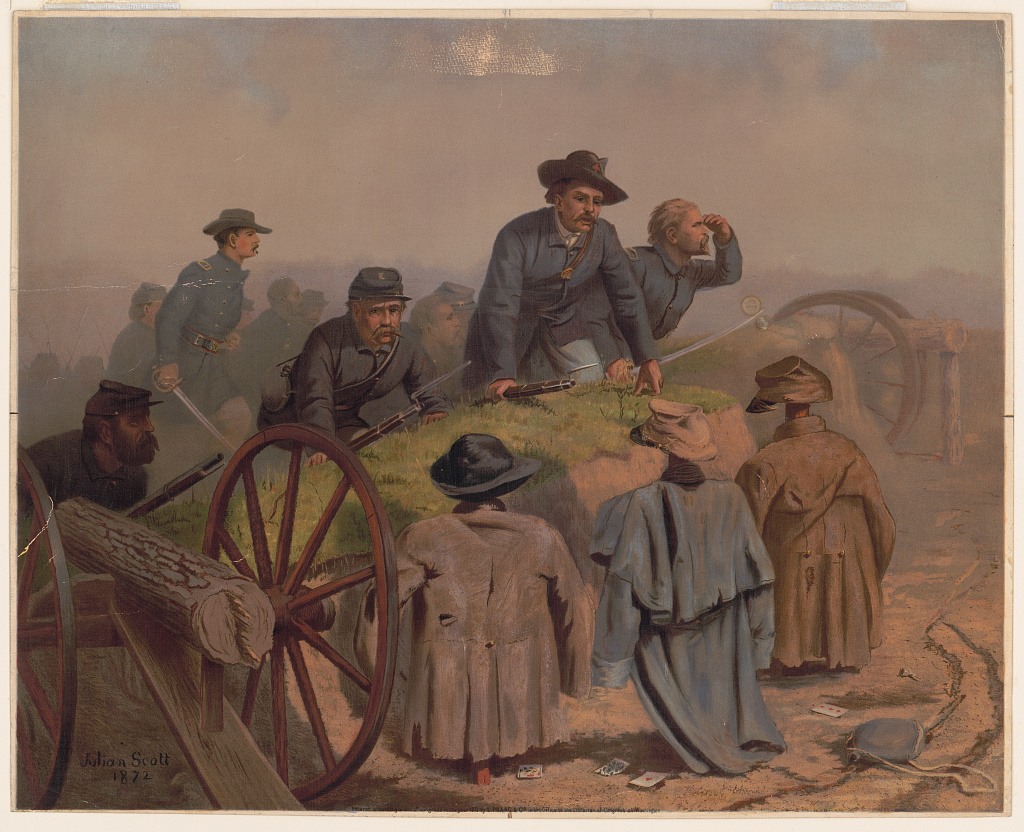Union soldiers find dummy defenders and wooden cannon after storming a Confederate trench in Julian Scott’s 1872 painting “Sold.” Both sides used such phony weapons—known as Quaker guns—during the conflict as a means to mislead the enemy. Scott, who served as a fifer in the 3rd Vermont Infantry during the Civil War, may have had first-hand knowledge of such fakery. At the siege of Yorktown in 1862—where outnumbered Confederates employed Quaker guns to deceive Union forces as to their true strength and numbers—Scott braved Rebel fire to rescue wounded comrades from the battlefield, an act for which he’d later be awarded the Medal of Honor.
You May Also Like
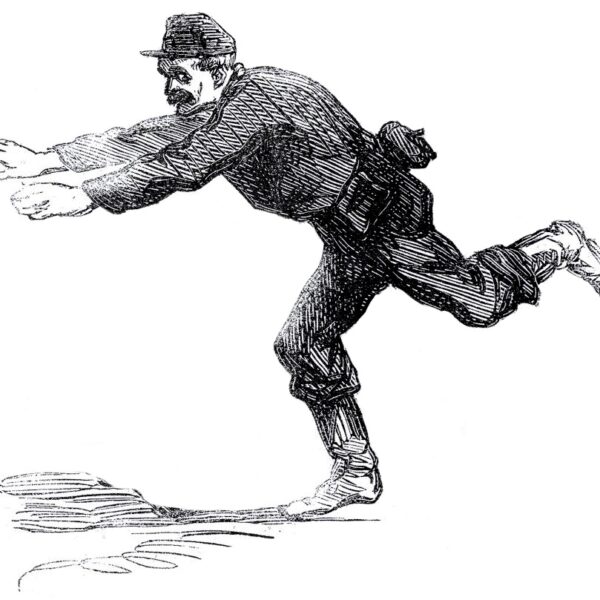
Firsthand Accounts
Extra Voices: Fear
Read firsthand Union and Confederate soldiers’ quotes on the feelings of fear they experienced in battle.
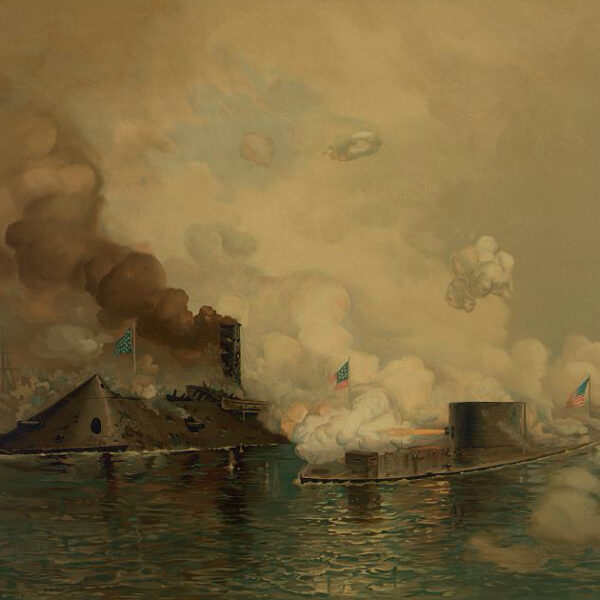
Battles
Battle of the Ironclads
Experience the historic Battle of the Ironclads: witness the clash between CSS Virginia and USS Monitor in 1862, a pivotal moment in naval warfare.
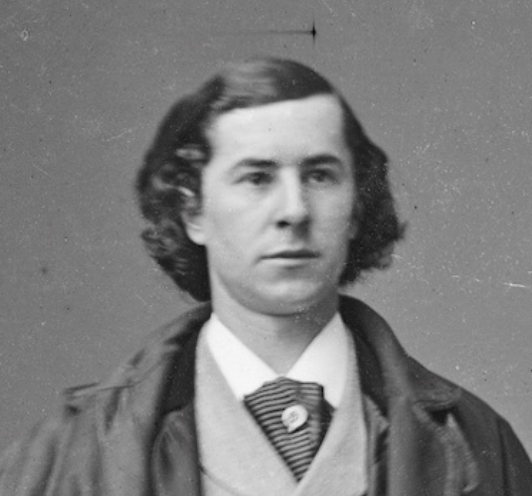
Commanders
Elmer Ellsworth’s Civil War
Discover the story of Elmer Ellsworth, a Civil War hero and martyr. Learn about his tragic death and the impact it had on the Union cause.
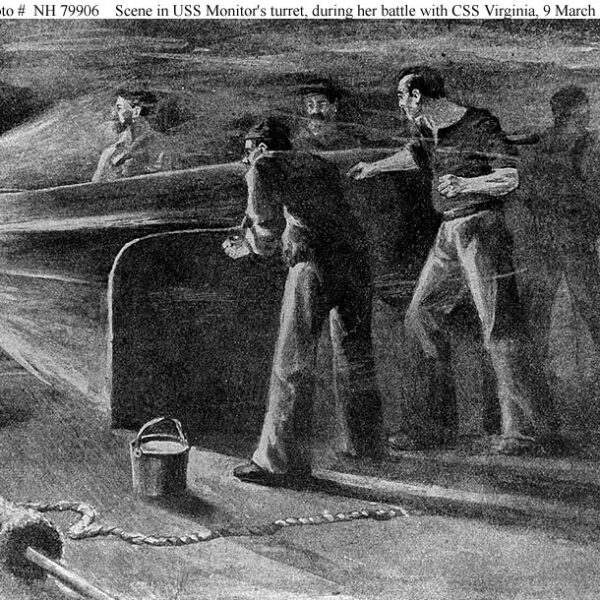
The Front Line
Voice from the Past: “In the Monitor Turret”
Good afternoon. In honor of the Battle of Hampton Roads, we bring you another Voice from the Past—this time from the Union perspective. The following is Commander S. Dana Greene’s…
